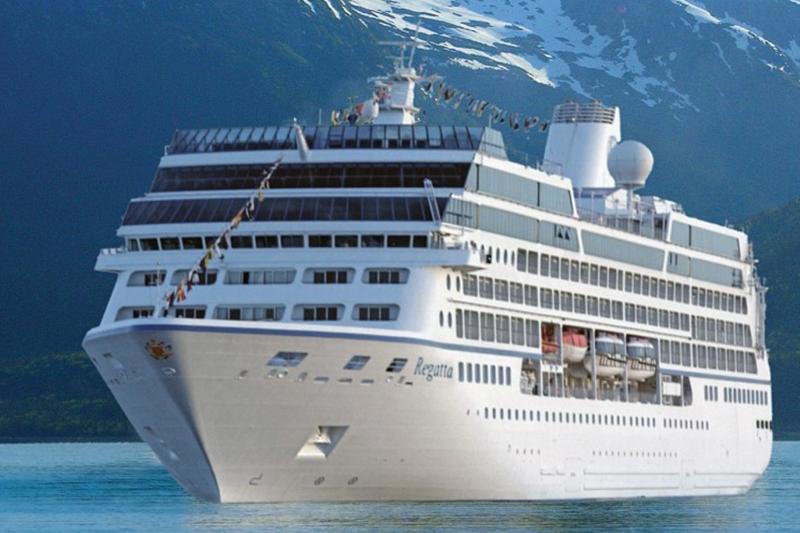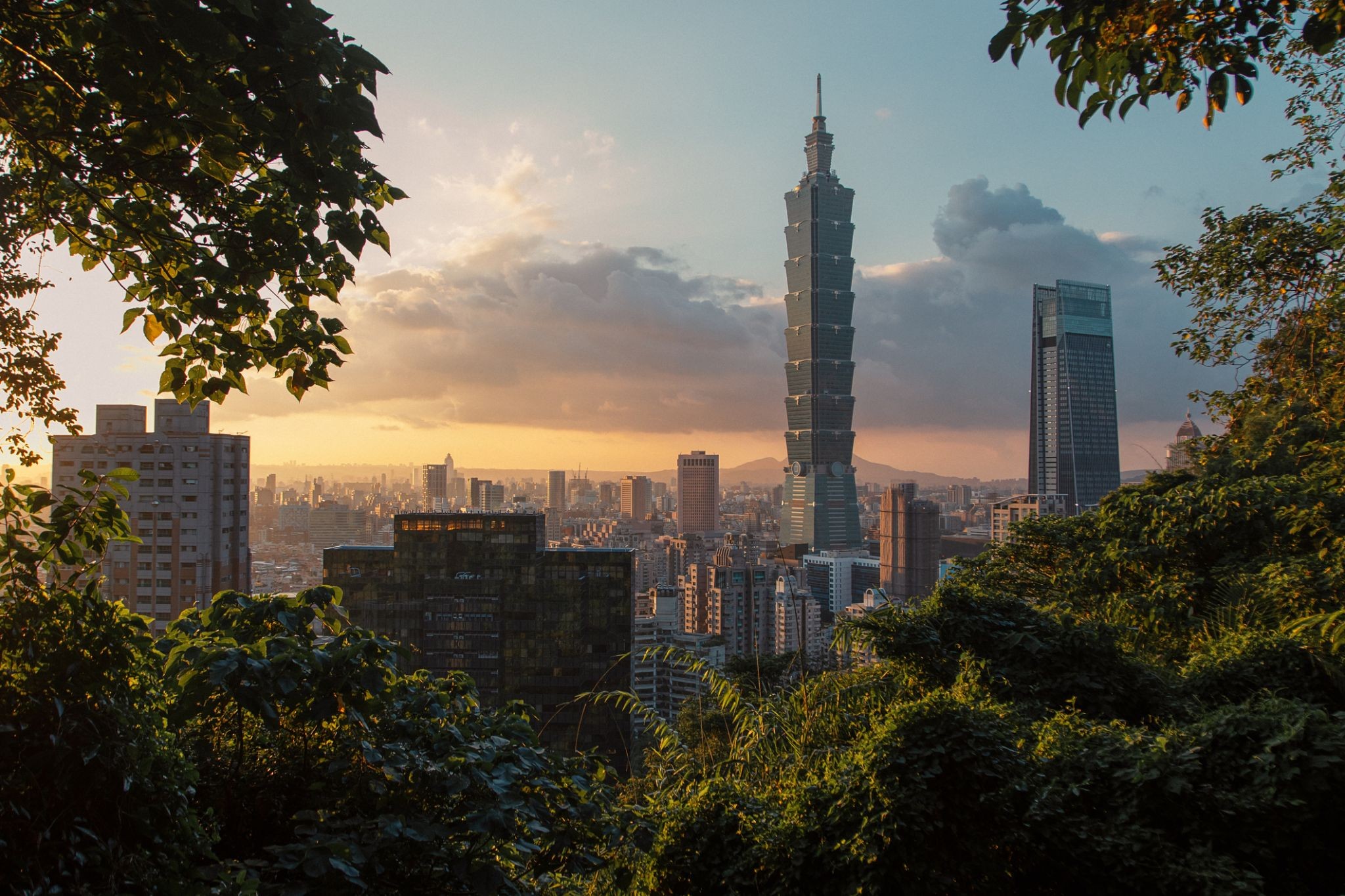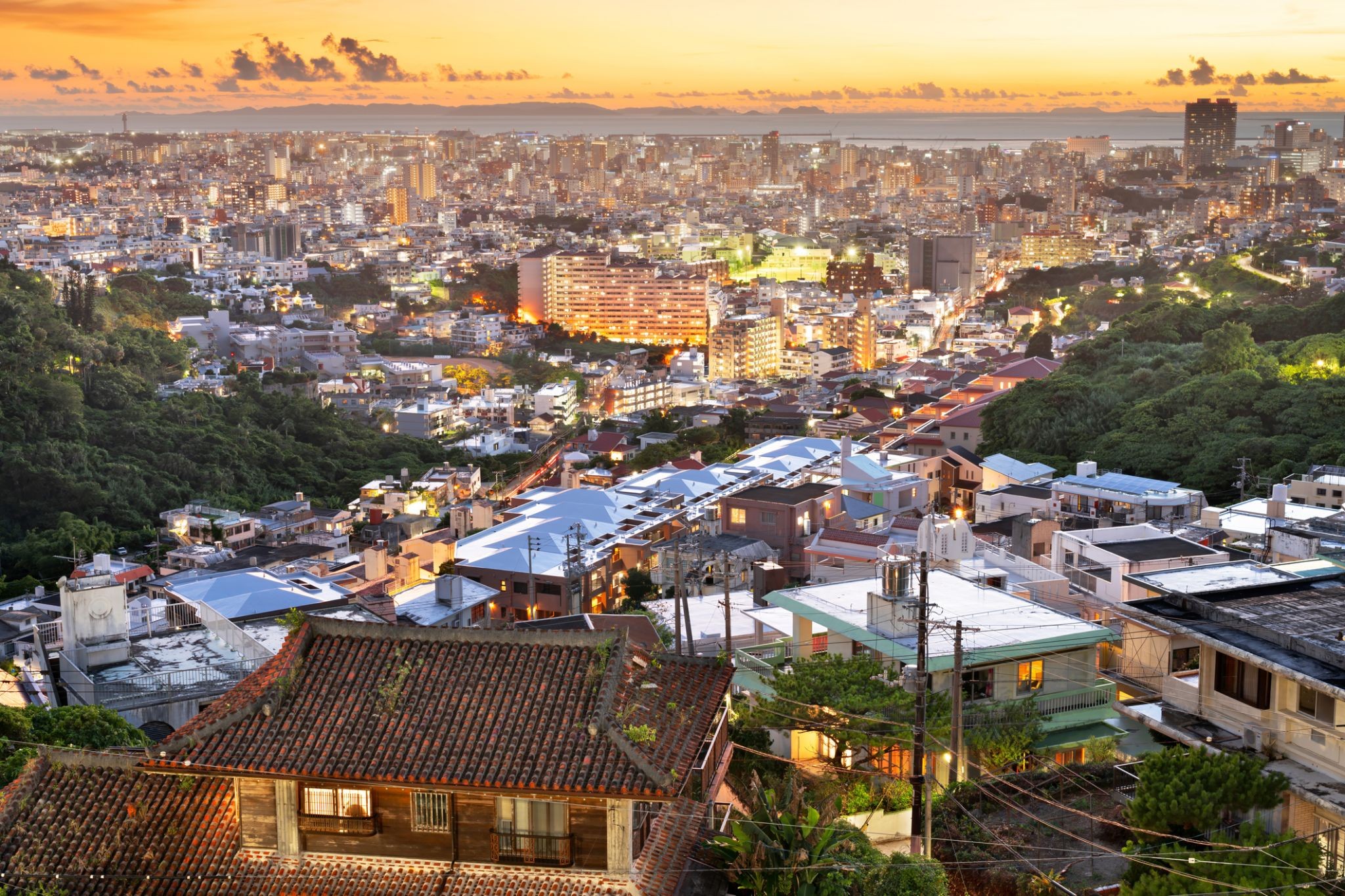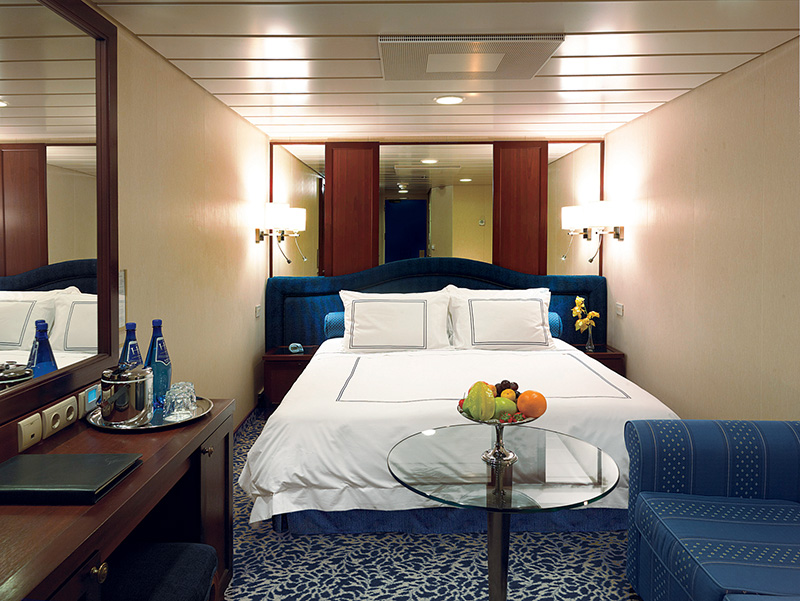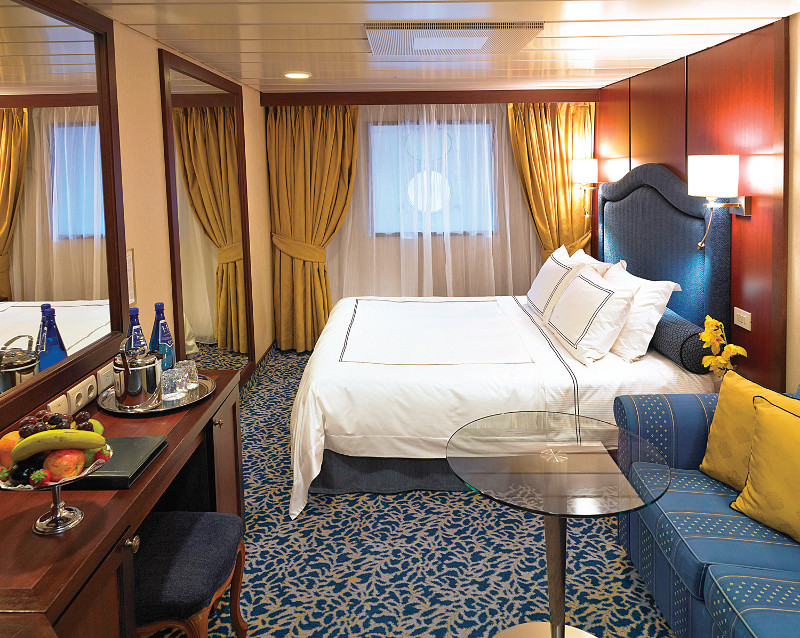
Cruise: 30,941,363
Springtime in asia
| Company : Oceania Cruises |
| Ship : Regatta |
| Journey Start : Thu 24 Apr 2025 |
| Journey End : Thu 08 May 2025 |
| Count Nights : 14 nights |
Schedule
| Day | Date | Port | Arrival | Departure |
|---|---|---|---|---|
| 1 | 24.04 Thu | Taipei / Taiwan | 17:00 | |
| 2 | 25.04 Fri | Day at sea / Sea | ||
| 3 | 26.04 Sat | Naha / Japan | 08:30 | 17:30 |
| 4 | 27.04 Sun | Day at sea / Sea | ||
| 5 | 28.04 Mon | Shanghai / China | 03:30 | |
| 6 | 29.04 Tue | Shanghai / China | 14:30 | |
| 7 | 30.04 Wed | Day at sea / Sea | ||
| 8 | 1.05 Thu | Beijing | 13:00 | |
| 9 | 2.05 Fri | Beijing | 19:00 | |
| 10 | 3.05 Sat | Dalian | 09:00 | 18:00 |
| 11 | 4.05 Sun | Day at sea / Sea | ||
| 12 | 5.05 Mon | Kita Kyushu / Japan | 08:45 | 15:15 |
| 13 | 6.05 Tue | Takamatsu / Japan | 06:00 | 21:00 |
| 14 | 7.05 Wed | Kyoto | 06:00 | |
| 15 | 8.05 Thu | Kyoto |
-
 Day 1: 17:00
Day 1: 17:00Taipei / Taiwan
Taiwan it is a state in East Asia. It includes the neighbors of the Republic of China and the Philippines to the south. It is not a member of the United Nations.
The island of Taiwan was formerly known as the island of mass migration. The island was annexed in 1683 by the Qing dynasty, the last dynasty. The Qing ceded Taiwan to Japan in 1895 after the Sino-Japanese War. The Republic of China (ROC) was established after the fall of the Qing dynasty. The following is the Japanese surrender to the Allies in 1945; However, it’s not a problem, but it’s not a problem. It has been up to 99% of its de facto territory. The United States of America is the United States of America in the United States of America until 1971, when it’s lost.
-
 Day 2:
Day 2:Day at sea / Sea
-
 Day 3: 08:30-17:30
Day 3: 08:30-17:30Naha / Japan
Naha — Gateway to Ryukyu Culture and the Rhythms of Tropical Japan
Naha is the main city on Okinawa Island and the cultural heart of the former Ryukyu Kingdom. Despite its modern buildings and busy streets, the city carefully preserves traces of its unique past. One of the main attractions is Shuri Castle — the historic residence of Ryukyuan kings and a UNESCO World Heritage Site, partially restored after a fire in 2019. Naha is also home to the famous Kokusai Street — a hub of shopping, food, and entertainment, where visitors can sample traditional Okinawan dishes and purchase locally made crafts.
The city enjoys a warm climate year-round and serves as a starting point for trips to the white-sand beaches and coral reefs of the southern islands. Near the city center lies Fukushu-en Park — a picturesque Chinese-style garden that reflects the historical ties between Okinawa and China. The Matsuyama market and the historic Tsuboya district, known for its pottery, offer a glimpse into daily island life. Naha blends history, cuisine, and a laid-back island vibe unlike any other part of Japan.
-
 Day 4:
Day 4:Day at sea / Sea
-
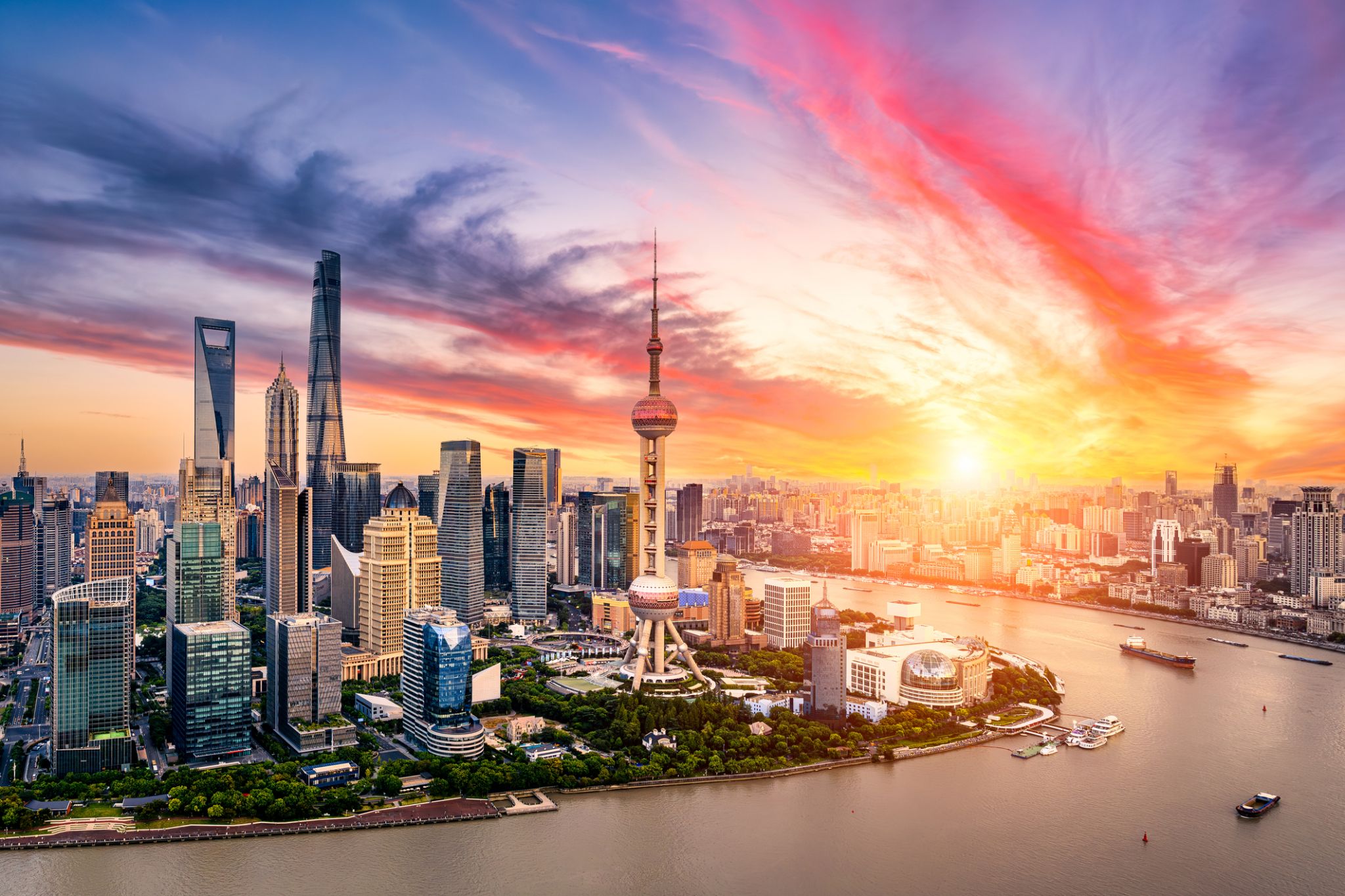 Day 5: 03:30
Day 5: 03:30Shanghai / China
Shanghai is one of the four municipalities under the direct administration of the central government of the Republic of China, the largest city in China by population, and the second most populous city proper in the world, with a population of 24.18 million as of 2017. It is a global financial centre and transport hub, with the world's busiest container port. Located in the Yangtze River Delta, it sits on the south edge of the estuary of the Yangtze in the middle portion of the East Chinacoast. The municipality borders the provinces of Jiangsu and Zhejiang to the north, south and west, and is bounded to the east by the East China Sea.
As a major administrative, shipping and trading city, Shanghai grew in importance in the 19th century due to trade and recognition of its favourable port location and economic potential. The city was one of five treaty ports forced open to foreign trade following the British victory over China in the First Opium War. The subsequent 1842 Treaty of Nankingand 1844 Treaty of Whampoa allowed the establishment of the Shanghai International Settlement and the French Concession. The city then flourished as a centre of commerce between China and other parts of the world (predominantly the Occident), and became the primary financial hub of the Asia-Pacific region in the 1930s. However, with the Communist Party takeover of the mainland in 1949, trade was limited to other socialist countries, and the city's global influence declined. In the 1990s, the economic reforms introduced by Deng Xiaoping resulted in an intense re-development of the city, aiding the return of finance and foreign investment to the city. It has since re-emerged as a hub for international trade and finance; it is the home of the Shanghai Stock Exchange, one of the world's largest by market capitalization.
Shanghai has been described as the "showpiece" of the booming economy of mainland China; renowned for its Lujiazui skyline, and museums and historic buildings, such as those along The Bund, as well as the City God Templeand the Yu Garden.
-
 Day 6: 14:30
Day 6: 14:30Shanghai / China
Shanghai is one of the four municipalities under the direct administration of the central government of the Republic of China, the largest city in China by population, and the second most populous city proper in the world, with a population of 24.18 million as of 2017. It is a global financial centre and transport hub, with the world's busiest container port. Located in the Yangtze River Delta, it sits on the south edge of the estuary of the Yangtze in the middle portion of the East Chinacoast. The municipality borders the provinces of Jiangsu and Zhejiang to the north, south and west, and is bounded to the east by the East China Sea.
As a major administrative, shipping and trading city, Shanghai grew in importance in the 19th century due to trade and recognition of its favourable port location and economic potential. The city was one of five treaty ports forced open to foreign trade following the British victory over China in the First Opium War. The subsequent 1842 Treaty of Nankingand 1844 Treaty of Whampoa allowed the establishment of the Shanghai International Settlement and the French Concession. The city then flourished as a centre of commerce between China and other parts of the world (predominantly the Occident), and became the primary financial hub of the Asia-Pacific region in the 1930s. However, with the Communist Party takeover of the mainland in 1949, trade was limited to other socialist countries, and the city's global influence declined. In the 1990s, the economic reforms introduced by Deng Xiaoping resulted in an intense re-development of the city, aiding the return of finance and foreign investment to the city. It has since re-emerged as a hub for international trade and finance; it is the home of the Shanghai Stock Exchange, one of the world's largest by market capitalization.
Shanghai has been described as the "showpiece" of the booming economy of mainland China; renowned for its Lujiazui skyline, and museums and historic buildings, such as those along The Bund, as well as the City God Templeand the Yu Garden.
-
 Day 7:
Day 7:Day at sea / Sea
-
 Day 8: 13:00
Day 8: 13:00Beijing
-
 Day 9: 19:00
Day 9: 19:00Beijing
-
 Day 10: 09:00-18:00
Day 10: 09:00-18:00Dalian
-
 Day 11:
Day 11:Day at sea / Sea
-
 Day 12: 08:45-15:15
Day 12: 08:45-15:15Kita Kyushu / Japan
-
 Day 13: 06:00-21:00
Day 13: 06:00-21:00Takamatsu / Japan
-
 Day 14: 06:00
Day 14: 06:00Kyoto
-
 Day 15:
Day 15:Kyoto
